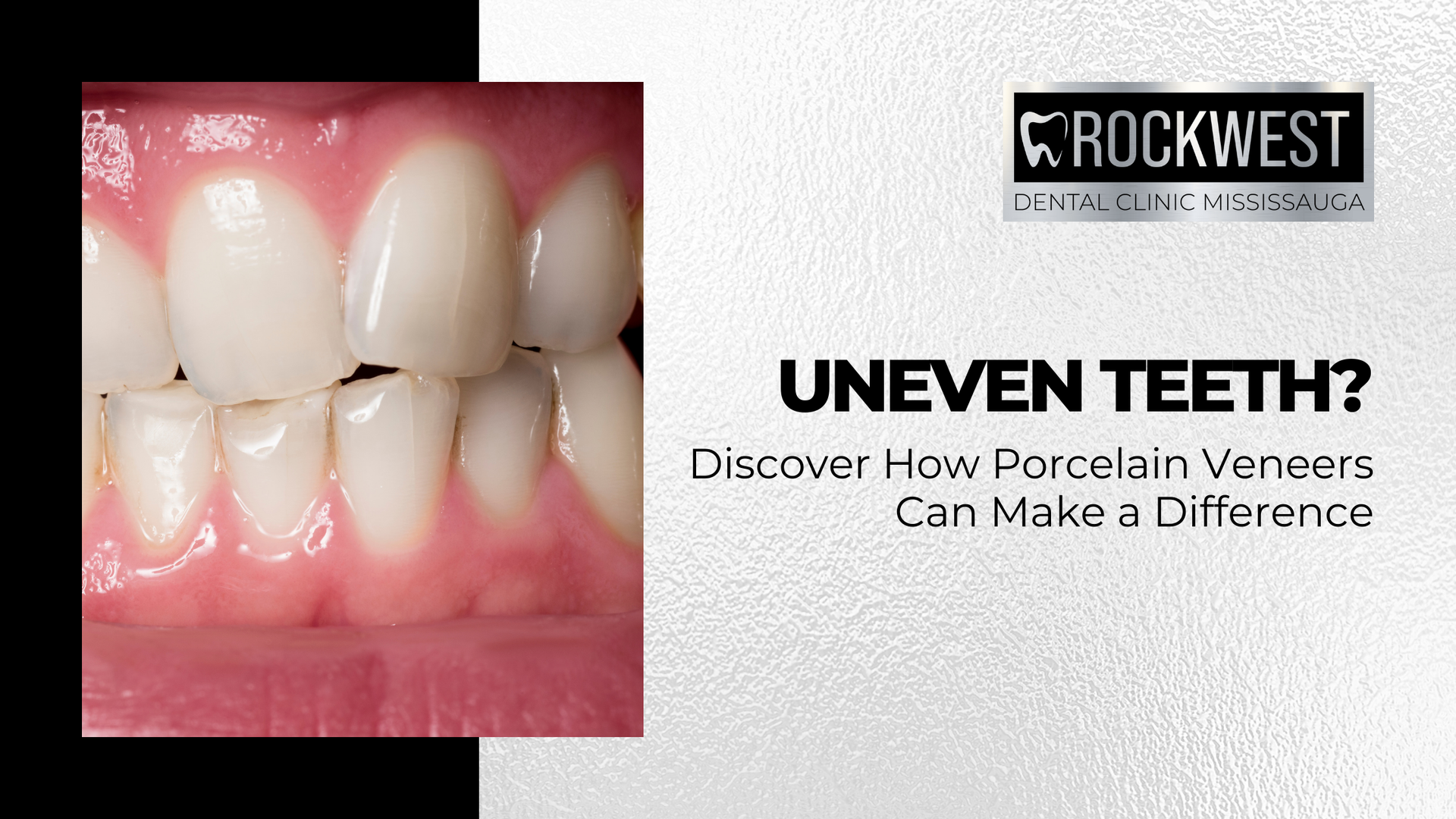





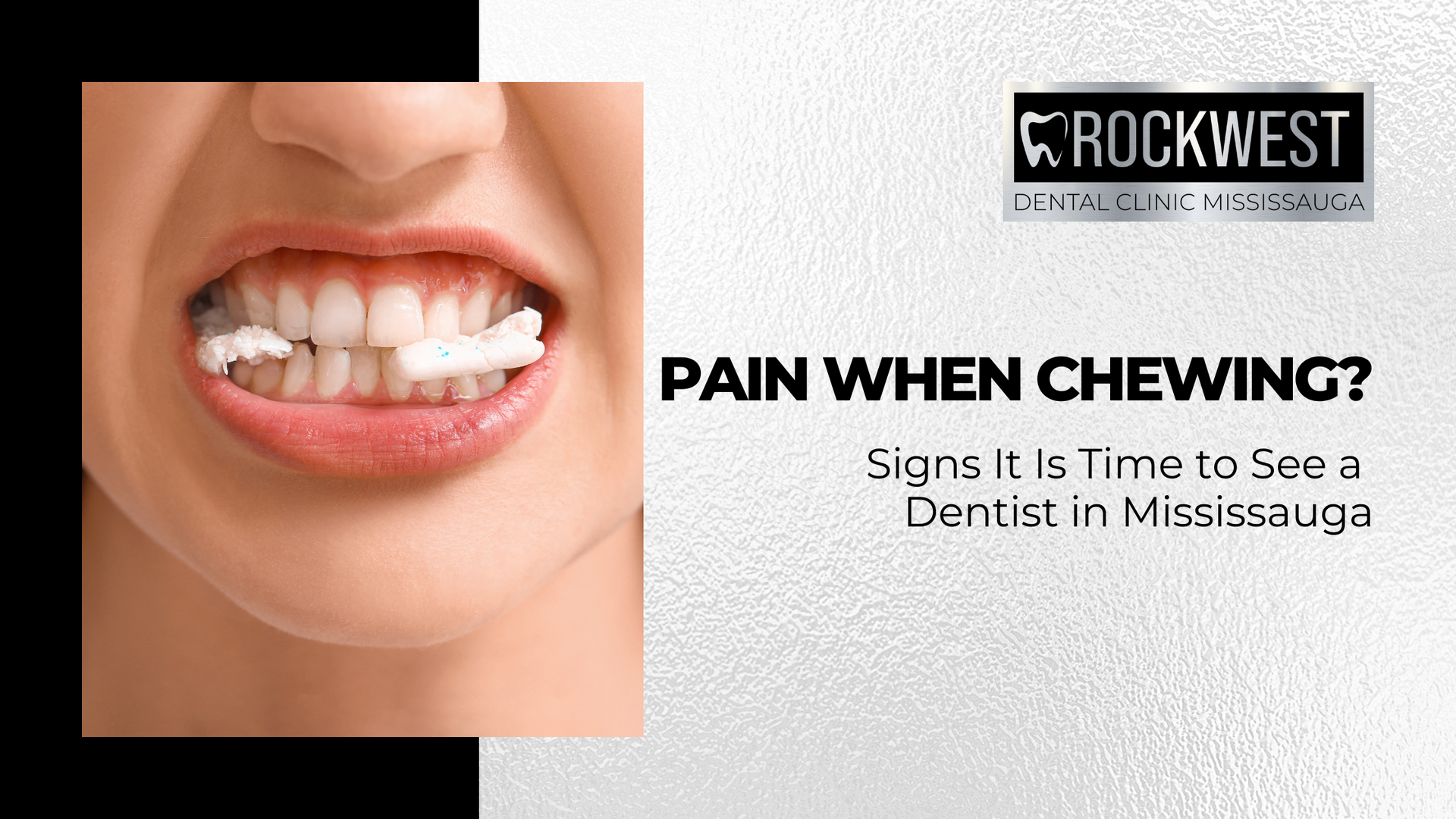


What to Do When a Tooth Filling Falls Out
Rockwest Dental Clinic Mississauga • August 1, 2024

Source: Dr. Marketing
The sudden loss of a tooth filling can be both alarming and uncomfortable. Receiving expert guidance on how to manage such situations is crucial to minimize discomfort and prevent further damage until you can visit a dentist. From immediate care techniques to long-term prevention strategies, this comprehensive guide will equip you with the knowledge and confidence to address this common dental concern.
What is a ‘Tooth Filling’ and When Do You Need It?
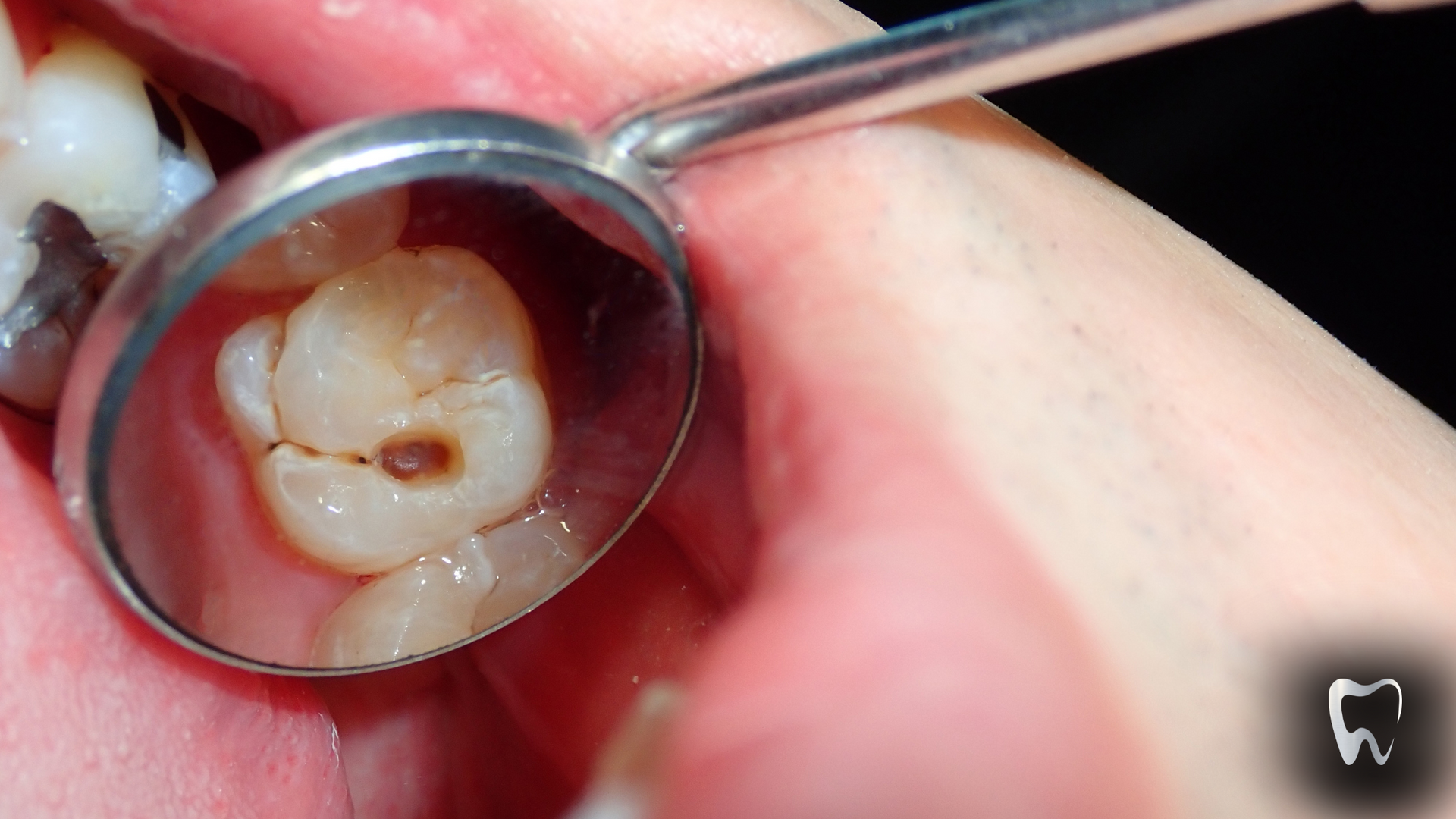
A tooth filling is a common dental treatment performed to restore the structure and function of a tooth while preventing further damage. You would need a tooth filling when you face any of the following concerns:
- A Cavity : A tooth develops small holes due to bacterial growth, causing decay. The decayed part of the tooth is treated, and a filling is placed to restore the tooth’s shape and function in the mouth.
- Chipped or Cracked Tooth : Minor cracks or chips are also repaired with a filling to prevent them from worsening over time.
- Old Fillings That Need Replacement : Tooth fillings don’t last forever and tend to wear off, crack, or fall out over time. Replacing them is important to maintaining the overall function of the tooth.
Immediate Steps to be Taken When the Tooth Filling Falls Out

A tooth filling falling out unexpectedly or during a meal can be a stressful experience. However, if you know what needs to be done during this time, you can prevent further damage to your tooth. There are a few steps you can easily follow to manage the situation at home and until you visit your dentist.
Stay Calm and Assess the Situation
Losing a filling might feel like an alarming situation, but you need to stay calm and understand that it may not always require emergency dental services. Firstly, take a moment to check if you can locate the filling. Your dentist might ask about its condition. If you’re experiencing any pain or sensitivity, it is important to note the severity, duration, and stimulus (the cause).
Rinse Your Mouth
Rinse your mouth with warm saltwater to reduce sensitivity and clean debris from the exposed area. Avoid alcohol-based mouthwash, as it may irritate the exposed tooth and tissues.
Use a Temporary Dental Material
If you can not visit the dentist immediately, you can use temporary dental cement, which is available over the counter. Temporary dental cement is biocompatible, meaning it won’t harm oral tissues, and is easy to apply. It temporarily seals the cavity, protecting it from food particles and bacteria. Further, these are non-permanent, and can be easily removed by the dentist during the next appointment, overall minimizing any potential complications.

Precautions While Eating
Avoid chewing on the affected side of your mouth. Do not consume any form of hard, sticky, or crunchy foods that could cause further damage to your tooth. It is best to opt for soft foods like yogurt, applesauce and scrambled eggs until your scheduled dental appointment.
Schedule a Dental Appointment
Lastly, schedule an appointment with your dentist as soon as possible so the affected tooth can be treated with professional care, as the exposed area of the tooth is highly vulnerable to decay. Delaying the treatment may lead to more complications.
Potential Complications if a Lost Filling Is Not Treated Promptly

When a filling falls out and the affected tooth is left unprotected, it can lead to various complications if not addressed quickly. Listed below are some of the most common complications that you can face over time
Increased Tooth Sensitivity
The tooth is covered by layers of hard tissues, primarily the enamel and the dentine. These form a strong barrier to sensitive dental pulp tissue. Once these layers are affected, the dental pulp, which consists of all the nerves and blood vessels, becomes vulnerable, resulting in high sensitivity to hot, cold, or sugary foods and drinks. Even breathing in cold air could cause serious discomfort.
Tooth Decay
A tooth filling acts as a protective cover and seal to the tooth cavity, hence preventing bacteria from entering the tooth. When the filling falls, the tooth becomes vulnerable to decay once again. Over time, the food particles and bacteria accumulate in the cavitated area, causing further deepening of the cavity and damage to the tooth. This can make the repair more complicated, increasing the chances of losing the tooth.
Infection or Abscess Formation
If bacteria penetrate and deepen the cavity, affecting the dental pulp, it can cause an infection which, if left untreated, may progress to a dental abscess involving other dental tissues.
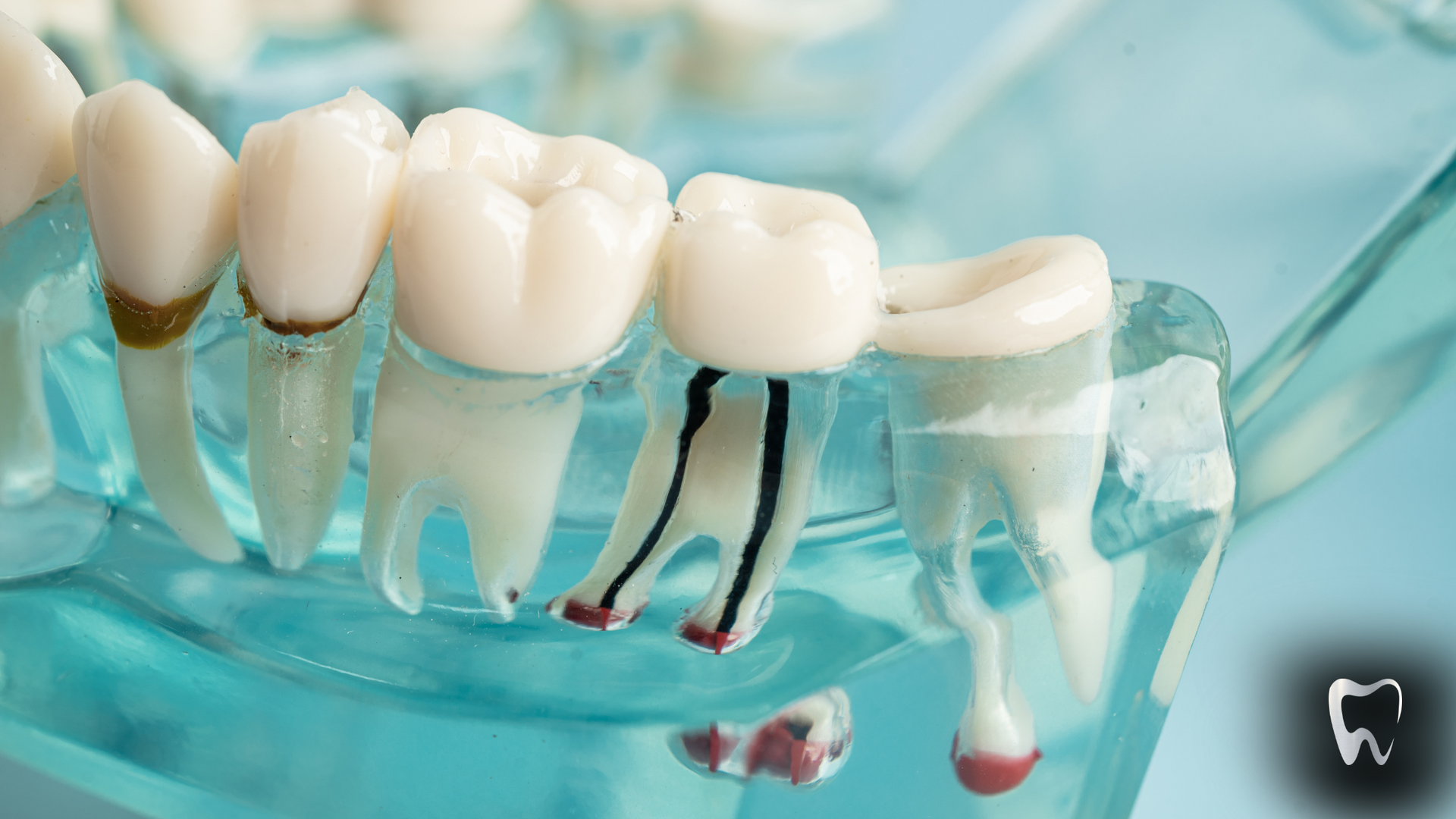
Damage to the Tooth Structure
If left untreated, the vulnerable tooth is at a higher risk of cracking or breaking, especially when chewing or biting down on hard food. Depending on the extent of the damage, this fractured tooth may require more intensive treatments, such as crowns or extractions.
Misalignment of Teeth
Teeth can shift their position over time. If a tooth remains untreated after losing a filling, adjacent teeth may move toward the gap. The alteration in the position of teeth can disrupt the entire dental arch, and with time, it can significantly impact the bite and alignment.
Complex Procedures May be Needed
If the tooth with a lost filling is left untreated, more extensive procedures might be needed, such as root canal treatment to remove infected tissue or even tooth extraction in extreme cases. Replacing an extracted tooth with an implant, bridge, or denture can be more costly, painful, and time-consuming than simply replacing a filling.
Available Treatment Options When a Filling Falls Out
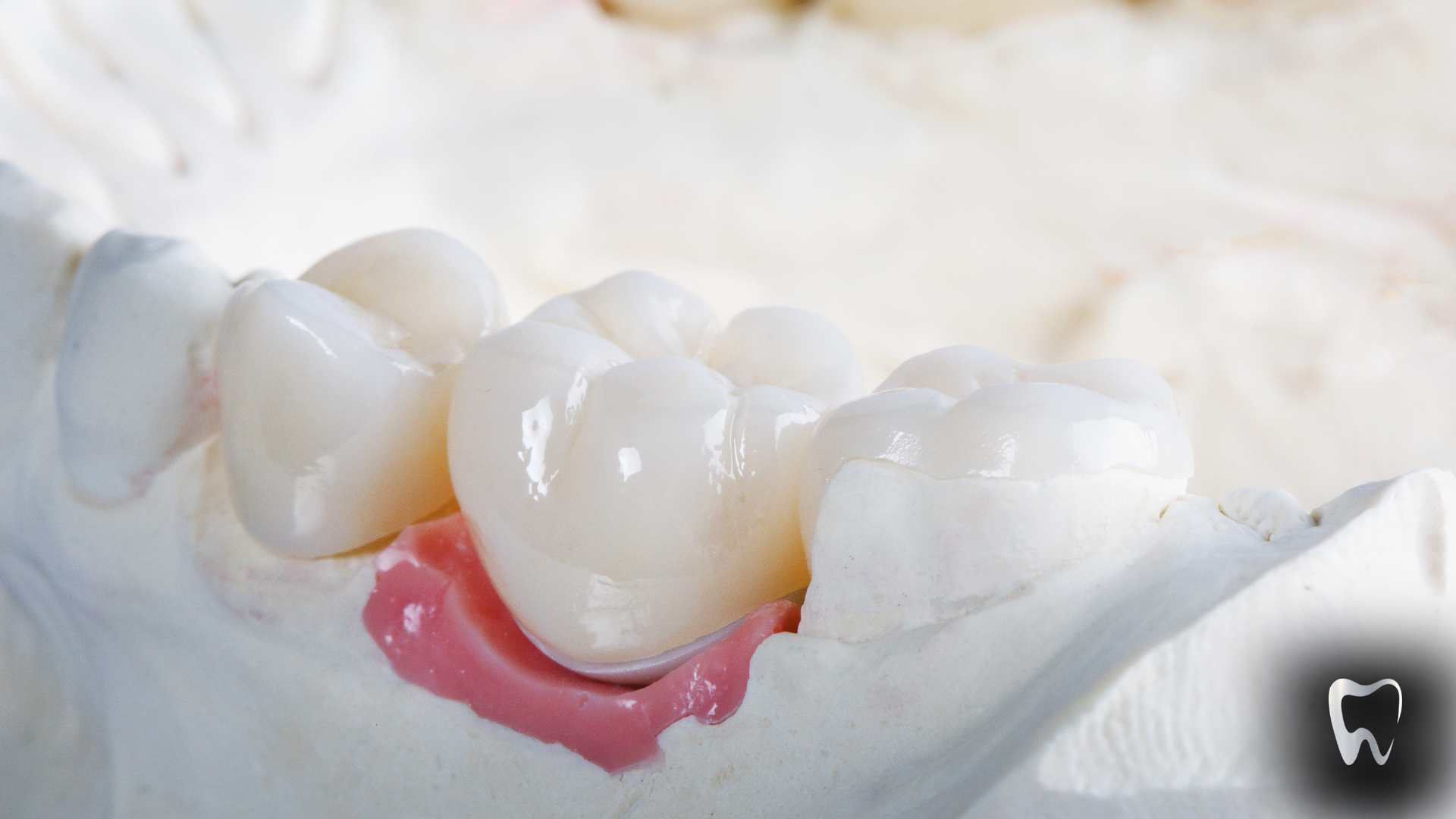
Once you visit your dentist with a complaint of ‘lost filling’, your dentist will assess the overall condition of the tooth and recommend the best course of action. Listed below are the most common treatment options available:
Replacing the Lost Filling
If your tooth is still in good condition and not much of the tooth is lost due to decay, the dentist will clean the area and simply replace the old filling. The new filling can be made of various materials, such as composite resin (tooth-coloured), amalgam (silver-coloured), ceramic, and gold, depending on the tooth’s location, your budget, and your personal preferences.
Placement of a Dental Crown
If a large area of the tooth has suffered significant damage or decay or has lost the ability to survive a simple filling, your dentist may recommend placing a crown. A crown is a cap that covers the entire tooth, helping the tooth restore its strength and function in the oral cavity. Crowns are mostly made of porcelain, ceramic, or metal, depending on your needs and preferences.
Placement of Inlays or Onlays
A more conservative approach for restoring the tooth’s structure and function is to place inlays and onlays when the tooth is beyond the repair of only a minor filling but still better off without a full crown. Inlays and onlays are custom-made restorations that function like fillings but cover a larger area of the tooth. Inlays and onlays are often made of porcelain or composite resin.
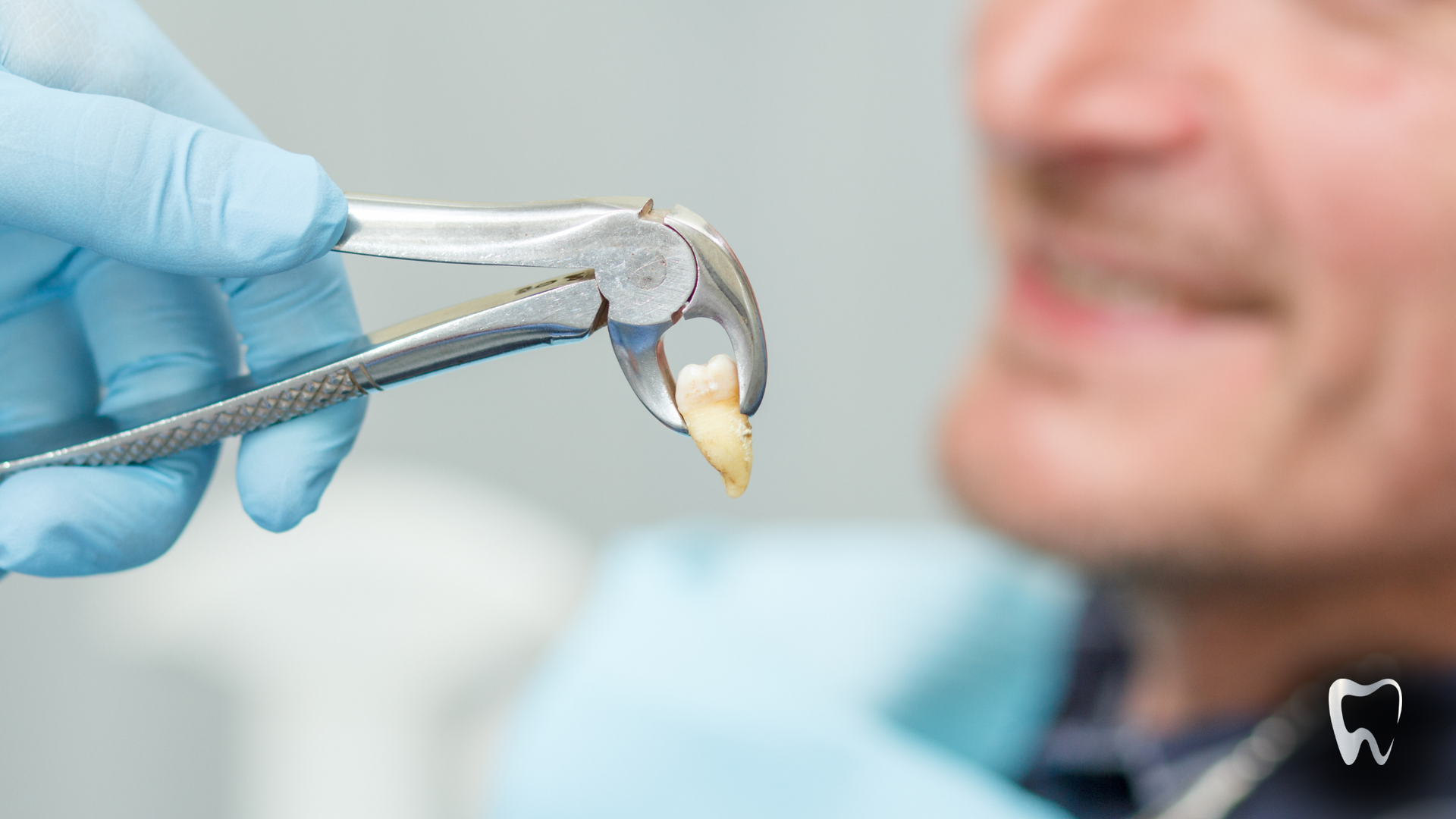
Root Canal Therapy
If the cavitated tooth has become infected, affecting the dental pulp, a root canal may be necessary. During this procedure, the infected dental pulp is removed, and a crown is usually placed over the tooth to protect it.
How do we know the dental pulp is involved? We can detect this by the increased sensitivity to hot, cold, or pressure or lasting pain once the stimulus is removed.
Tooth Extraction
In severe cases where the tooth is beyond repair, your dentist may recommend extracting it. Depending on your needs and preferences, the extracted tooth can then be replaced by a dental implant, dental bridge, or denture.
How to Prevent Future Fillings from Falling Out

- Maintain good oral hygiene by brushing, flossing, and using antimicrobial mouthwash regularly.
- Limit acidic foods and beverages, such as citrus, soda, and wine, as they can weaken fillings over time. If you do consume these, it is best to rinse your mouth afterward to neutralize the acidic effect. Also, stay away from hard and sticky food (candies, ice, snacks containing caramel), as they may put excessive pressure on the fillings and eventually loosen them.
- Schedule routine dental checkups to catch early signs of tooth wear or tooth decay.
- If you discover any grinding or clenching habits, address a dentist so you can be provided with a night guard.
While a lost filling might seem minor, neglecting it can result in serious complications. Addressing your dentist promptly regarding a lost filling can avoid further complications, and there is a chance of easier and less invasive treatment. At Rockwest Dental Clinic Mississauga, we provide comprehensive dental services, including routine check-ups, advanced treatments, cosmetic dentistry, and emergency care, all tailored to meet your needs. Your oral health is our priority. Contact us today to schedule an appointment and experience exceptional care in a welcoming and professional environment.
References
- Dentistry, C. F. (2017, September 6). Dangers of mouthwash that contain alcohol | Cooper Family Dentistry. Cooper Family Dentistry.
- Dental, A. (2024, June 20). Tooth filling fell out What should I do. Arcade Dental.
- https://www.smileydental.net/blog/
- Lost your filling? Here’s what to do for immediate relief and restoration. (2024, March 21). Living Well Dental Group.




